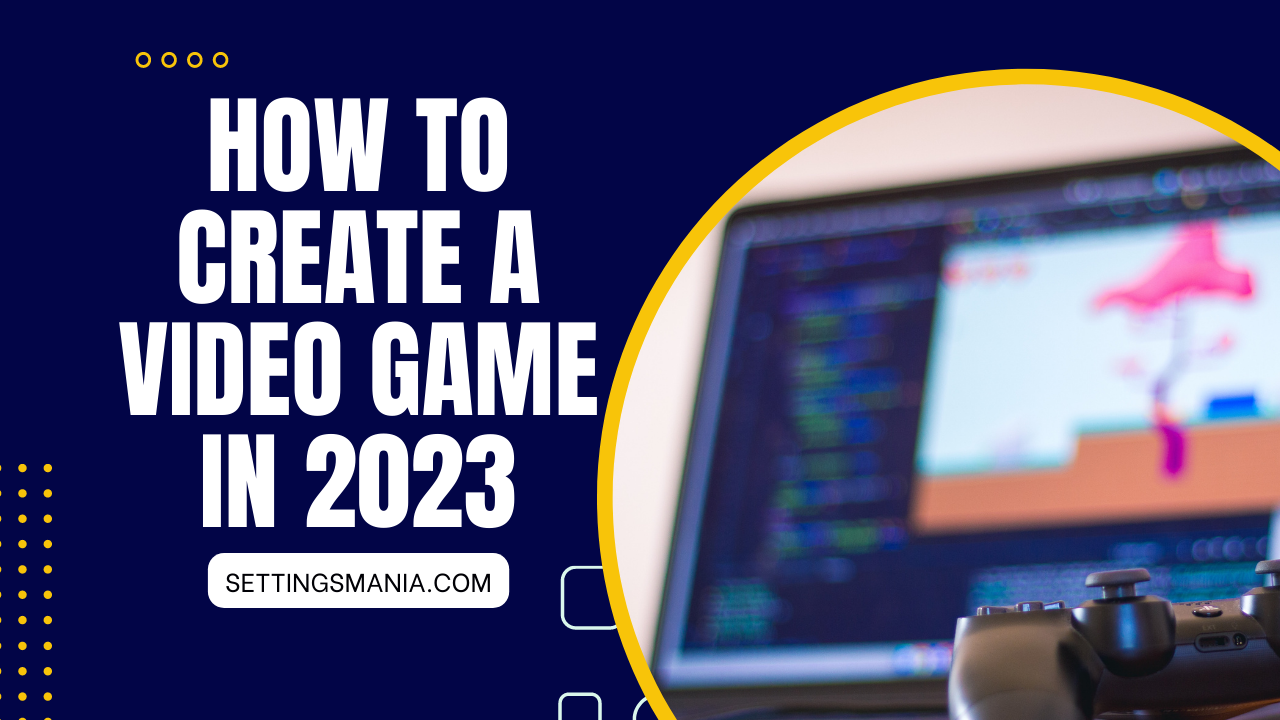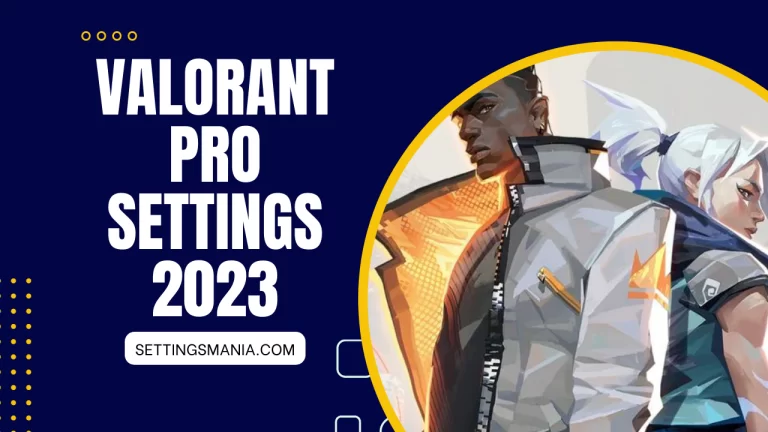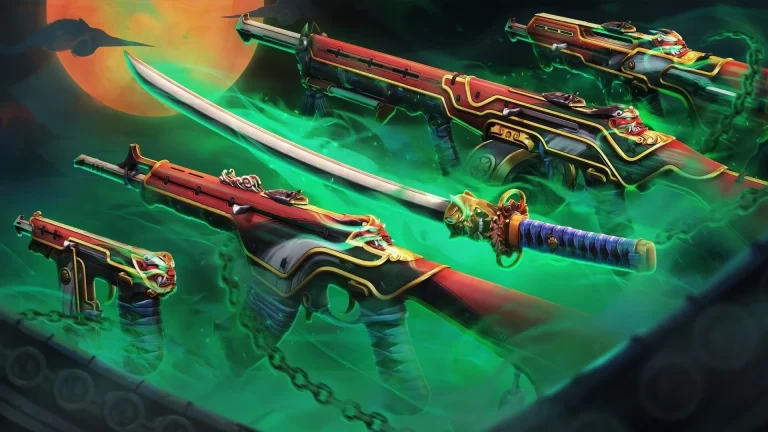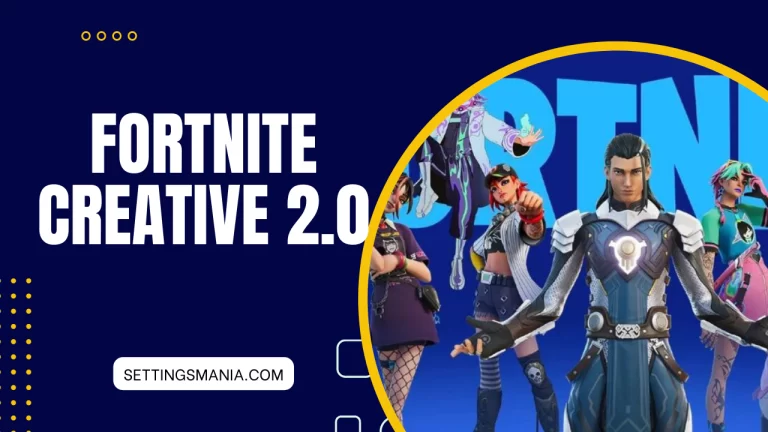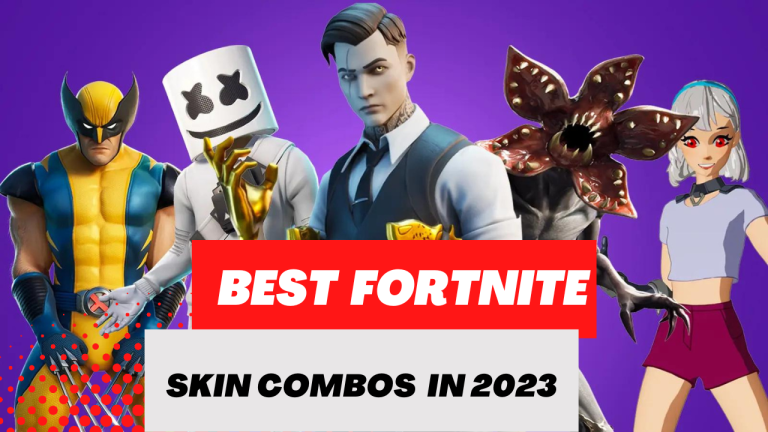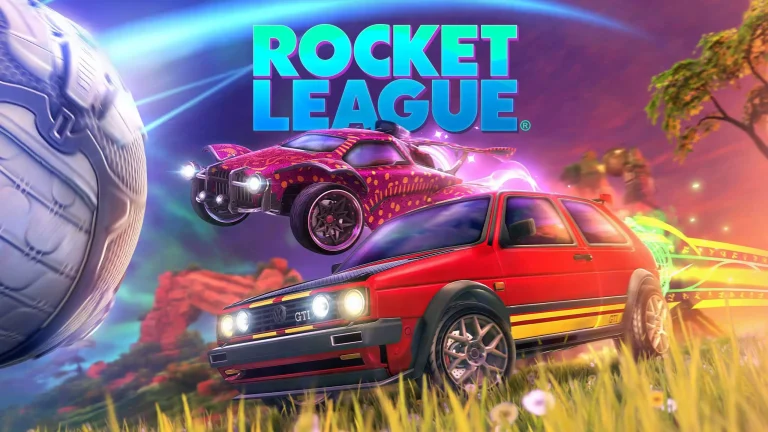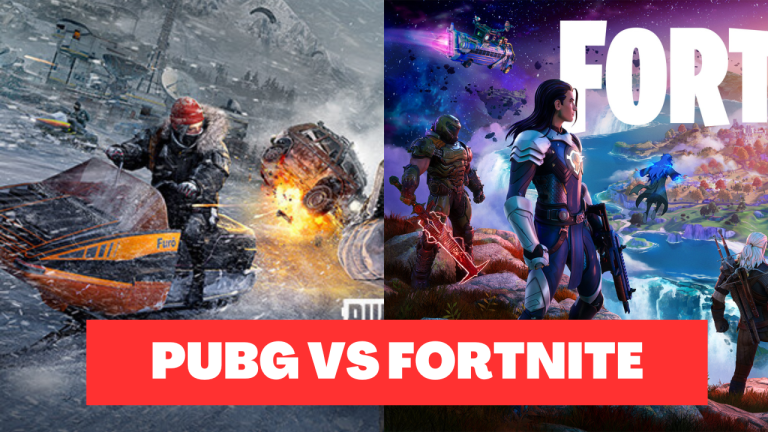How To Create Video Games For Free – From Building To Selling Them
Creating a video game is an exciting and rewarding endeavor that allows you to unleash your creativity and share your vision with players around the world. While game development can seem daunting, it’s entirely possible to create a video game without breaking the bank.
In this article, we’ll explore a step-by-step process to help you bring your game idea to life, all while keeping the costs low or even nonexistent.
Step By Step Guide To Create A Video Game From Scratch:
Step 1: Define your game concept:
The first step in creating a video game is to define your game concept. Start by brainstorming ideas and considering the genre, gameplay mechanics, art style, and target audience for your game.
For example, you may envision a platformer game with a unique twist where players control gravity to navigate through challenging levels.
Step 2: Choose a game engine:
A game engine is a software framework that provides the necessary tools and infrastructure to develop a video game. Fortunately, there are several free and powerful game engines available to choose from.
Two popular options are Unity and Unreal Engine.
Unity offers a user-friendly interface and supports multiple platforms, while Unreal Engine provides advanced graphical capabilities and a visual scripting system called Blueprints.
Step 3: Learn the game engine:
Once you’ve chosen a game engine, it’s essential to familiarize yourself with its features and workflows. Take advantage of the vast resources available, including tutorials, documentation, and online communities.
Learn the basics of game development and the scripting languages associated with your chosen engine, such as C# for Unity or Blueprint for Unreal Engine.
Step 4: Create game assets:
Game assets include graphics, music, sound effects, and other visual and audio elements that bring your game to life. While you can create your own assets using tools like GIMP for graphics or Audacity for audio, there are also free resources available.
Websites like OpenGameArt.org provide a wide range of open-source assets that you can use in your game. For instance, you might find a collection of pixel art characters that perfectly suit your retro-style platformer game.
Step 5: Design and develop your game:
With your game engine knowledge and assets ready, it’s time to design and develop your game. Plan the structure of your game, including levels, characters, and gameplay mechanics. Use the tools provided by the game engine to build your game world and implement the desired features. Start with simple mechanics and gradually add complexity as your game progresses.
For example, if you’re developing a puzzle game, you can begin with a basic level that introduces the core puzzle-solving concept and gradually introduce more challenging puzzles in subsequent levels.
Step 6: Test and iterate:
Testing and iteration are crucial steps in the game development process. Regularly playtest your game to identify and fix bugs, refine gameplay mechanics, and improve the overall user experience.
Seek feedback from friends, family, or online communities to gain valuable insights and make necessary adjustments. Iteration allows you to polish your game and ensure it meets the expectations of your players.
Step 7: Polish and optimize:
Once the core mechanics of your game are in place, it’s time to focus on polishing and optimizing it. Enhance the visual aspects of your game by refining graphics, adding special effects, and improving animations. Pay attention to the audio elements, ensuring that music and sound effects enhance the gameplay experience.
Additionally, optimize your game’s performance to ensure it runs smoothly on different devices and platforms. Consider techniques like asset optimization, efficient coding practices, and utilizing the features provided by your game engine.
Step 8: Distribute your game:
Decide on the platforms where you want to release your game. Whether it’s PC, consoles, or mobile devices, each platform has its own requirements and distribution channels. Platforms like Steam, Itch.io, and the Google Play Store provide options for indie game developers to publish their games and reach a wider audience.
Research the submission process and guidelines for each platform to ensure a smooth release.
Step 9: Market your game:
Marketing is essential to make your game visible to potential players. Create an engaging game trailer that showcases the unique features and gameplay of your game. Capture captivating screenshots and develop a website or establish a presence on social media platforms to build anticipation and communicate with your audience.
Engage with players, influencers, and game communities to generate interest and create a buzz around your game.
Step 10: Continue learning and improving:
Game development is an ongoing learning process. Stay updated with the latest trends, technologies, and best practices in the industry. Participate in forums, attend game development conferences, and network with other developers to expand your knowledge and exchange ideas. Apply the lessons learned from your first game to future projects, continually improving your skills and creating even better games.
Conclusion:
Creating a video game for free is an achievable goal with the right approach and resources. By defining your game concept, choosing a suitable game engine, learning its intricacies, creating assets, designing and developing your game, testing and iterating, polishing and optimizing, distributing and marketing your game, and continuing to learn and improve, you can bring your game to life and share it with the world.
Embrace the journey of game development and let your creativity thrive.
Start today and unleash the power of your imagination in the world of video games.
Let us know if you have any unquie idea for your next video game!
